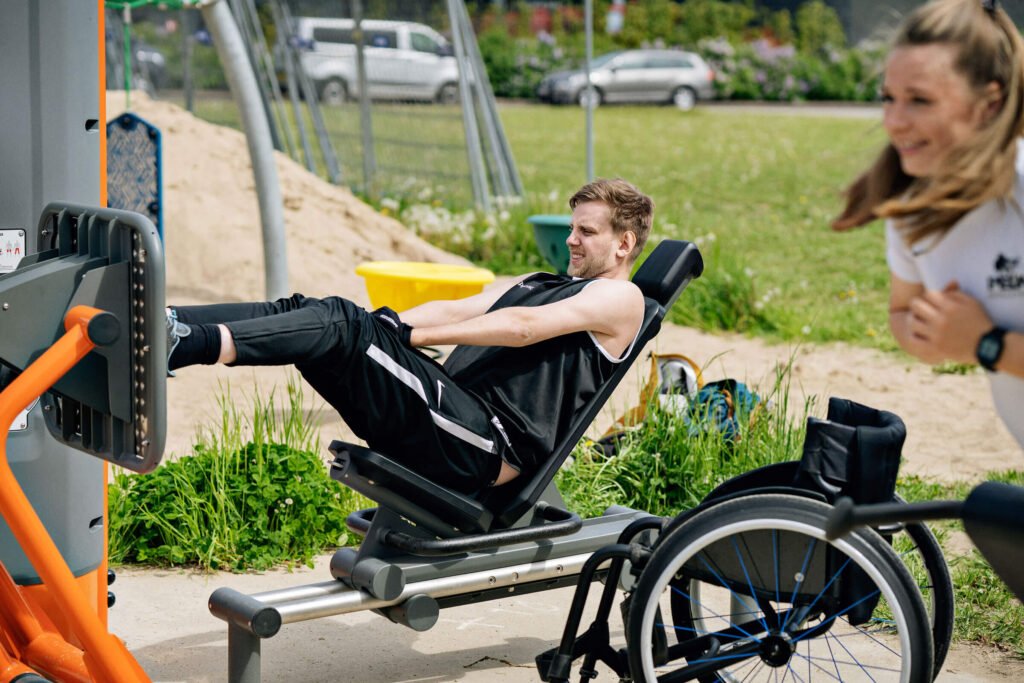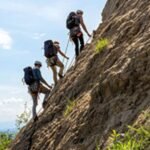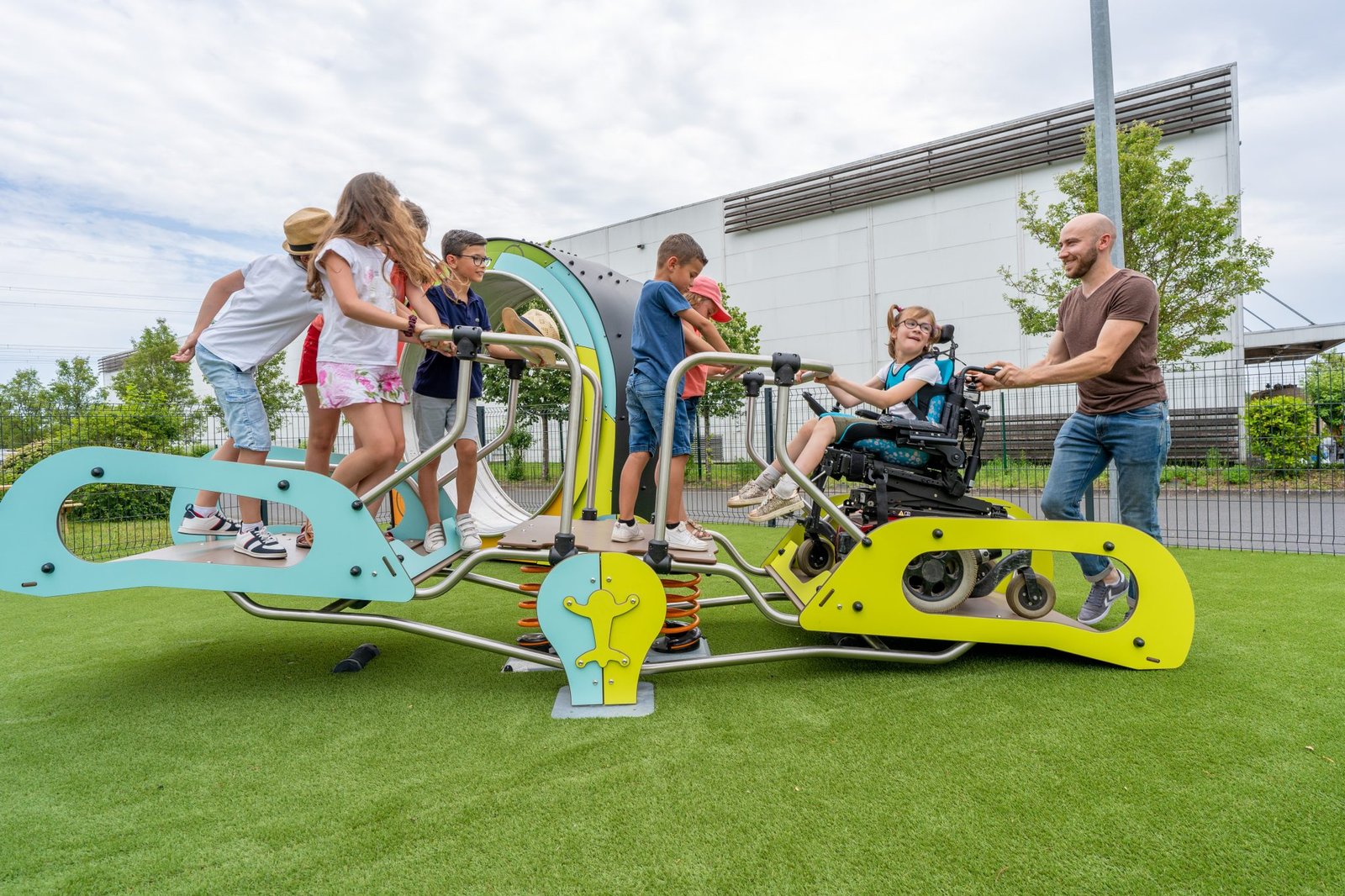Planning an inclusive outdoor adventure ensures that individuals of varying abilities can participate fully in outdoor activities, fostering a sense of community and empowerment. By considering accessibility, adaptive equipment, and diverse activity options, organizers can create a welcoming environment where everyone can enjoy nature to the fullest.
Understanding the Importance of Inclusive Outdoor Adventures
Inclusive outdoor adventures prioritize accessibility and accommodate participants with diverse abilities, making outdoor activities enjoyable and accessible for all. Whether hiking, camping, or engaging in team-building exercises, inclusivity promotes equity and enriches the outdoor experience for everyone involved.

Steps to Plan an Inclusive Outdoor Adventure
1. Assess Participants’ Needs and Abilities
Begin by understanding the specific needs and abilities of participants. Consider physical, sensory, and cognitive abilities to tailor activities and accommodations accordingly. Communicate openly with participants to ensure their comfort and safety throughout the adventure.
2. Choose Accessible Locations and Facilities
Select outdoor venues and facilities that are accessible to individuals with disabilities. Look for paved or well-maintained trails, wheelchair-accessible amenities, accessible parking, and accommodations that meet accessibility standards. Ensure there are accessible restrooms and dining areas as well.
3. Provide Adaptive Equipment and Support
Offer adaptive equipment such as all-terrain wheelchairs, mobility aids, hearing assistance devices, or tactile maps for navigation. Train staff or volunteers to assist participants as needed and provide necessary support to ensure a positive and inclusive experience.
4. Offer Diverse Activity Options
Plan a variety of outdoor activities that cater to different abilities and interests. Include options like guided nature walks, adaptive cycling, birdwatching, accessible fishing spots, or sensory-friendly camping experiences. Allow participants to choose activities that suit their preferences and comfort levels.
5. Ensure Safety and Accessibility
Prioritize safety by conducting thorough risk assessments and implementing appropriate safety measures for all activities. Educate staff and volunteers on inclusive practices and emergency procedures to handle unexpected situations effectively.
6. Promote a Welcoming Environment
Create a supportive and inclusive atmosphere by promoting respect, understanding, and cooperation among participants and staff. Encourage teamwork and camaraderie to foster a sense of belonging and empowerment for all adventurers.
Benefits of Inclusive Outdoor Adventures
Hosting inclusive outdoor adventures offers numerous benefits for participants and organizers:
- Empowerment: Empower individuals of all abilities to engage in outdoor activities and challenge themselves.
- Community Building: Foster connections and camaraderie among participants from diverse backgrounds.
- Educational Opportunities: Raise awareness about accessibility and disability inclusion in outdoor recreation.
- Enhanced Well-being: Promote physical fitness, mental well-being, and overall enjoyment of nature for all participants.
How to Implement an Inclusive Outdoor Adventure Plan
- Consult with Accessibility Experts: Seek guidance from accessibility experts or organizations familiar with inclusive outdoor recreation.
- Train Staff and Volunteers: Provide training on disability awareness, communication strategies, and inclusive practices.
- Communicate Clearly: Share detailed information about accessibility features, activity options, and support available to participants.
- Collect Feedback: Gather feedback from participants to improve future events and ensure ongoing inclusivity.
- Celebrate Diversity: Recognize and celebrate the achievements and contributions of all participants, promoting a culture of inclusivity.
Conclusion
Planning an inclusive outdoor adventure requires thoughtful consideration of accessibility, adaptive equipment, diverse activity options, safety measures, and creating a welcoming environment for participants of all abilities. By prioritizing inclusivity, organizers can provide meaningful outdoor experiences that empower individuals, foster community connections, and promote a deeper appreciation for nature. An inclusive outdoor adventure not only breaks barriers but also enriches lives and expands opportunities for everyone to enjoy the beauty and benefits of outdoor recreation.








